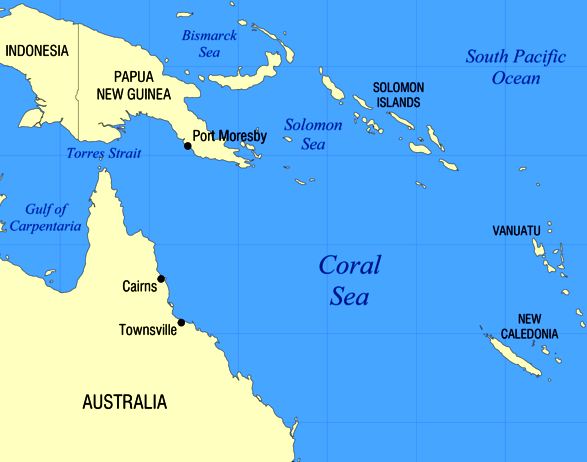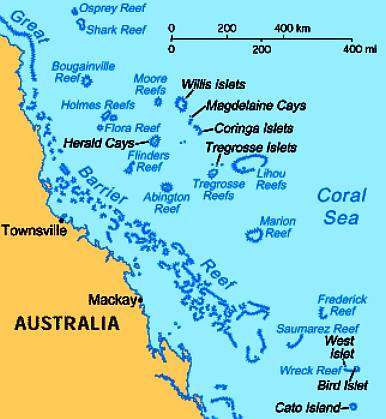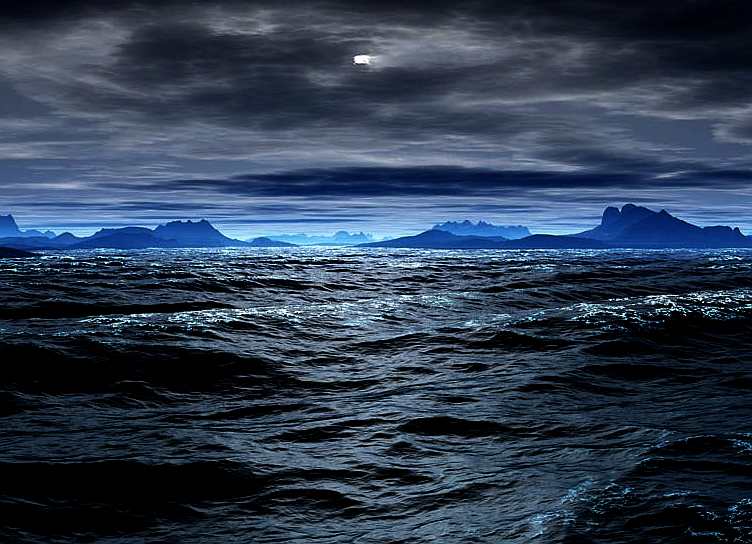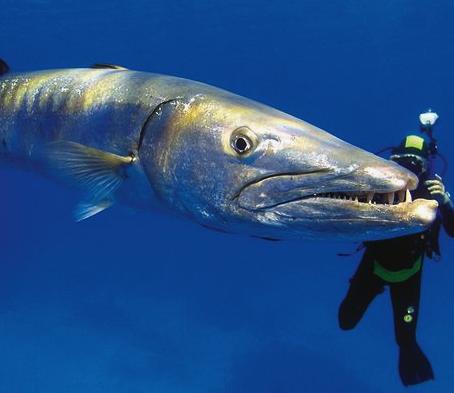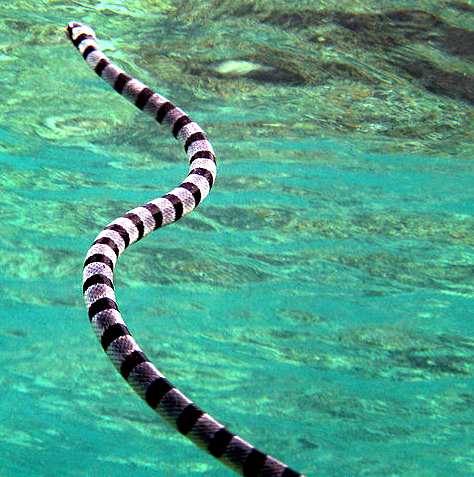|
THE CORAL SEA
$BILLION DOLLAR WHALES | BLUE GROWTH | CONTACTS | EVENTS | KULO LUNA | OCEANS | PIRATE WHALING | HOME
|
|||||||||||||||||||||||||||||||||||||||||||||||||||||||||||||||||||||||||||||||||||||||||||||||||||||||||||||||||||||||||||||||||||||||||||||||||||
|
The Coral Sea bounded by the Solomon Islands and the east cost of Australia (left) and the Great Barrier Reef (right) running along the Australian east coast.
The Coral Sea is a marginal sea off the northeast coast of Australia, and classified as an interim Australian bioregion.
Chapter 34 - THE CORAL SEA 150 S, 1570 E Fuelled by heavy clouds and 80 mph winds, the sea spray stung John as he clambered across the walkway between pods. Using a bright hand-held searchlight he looked for whatever damage had caused that squeal of metal. John recalled that in 1770 Captain James Cook, the famous British cartographer had run his ship the Endeavour aground on an uncharted reef in these same waters south of the Solomon Islands, after which the almost obsessive map maker made it his mission to chart channels through the maze of living reefs. Cook's ship was far beefier at 368 tons with a deep draught, so John reckoned the Navigator would be safe, not being so deep in the water, but then he had flooded the ballast tanks precisely to lower the boat in the water, and that sound came from somewhere. Coral can cause serious damage to a hull. the living coral animal is soft enough, consisting of a cylinder called a polyp with a mouth at one end surrounded by tentacles, the other end attached to a solid seafloor surface, similar to an anemone. But when they die, they leave behind a hard limestone skeleton of calcium carbonate that can tear a hull to shreds. They are colonial animals that reproduce by budding, which builds on the hard skeletons of old polyps to form the great bulbous fans synonymous with a healthy reef. As they grow they reach out from the sea floor to the surface, which is where they can become a navigation obstacle. John inched closer to the rear pod, shining his light on the underside of the solar panel array, up and down, left and right. He could see no damage there. So he pushed on into and through the accommodation bunk area to the rear helm feeling less confident that all would be well. His movements were slightly restricted by the storm proof oilskins he was wearing. Though made of modern lightweight materials with layers to allow the skin to breathe but not let water in, the suit still took some getting used to. John cast the torch along the shiny alloy beam that went aft out to sea from the pod by eight meters, in a process of elimination that Sherlock Homes would have approved. It all looked fine until he played the light to port and then to starboard along the transverse beam that supported the turbine generators. Then he saw that the upright mount of the port turbine, presently folded to the horizontal position, had been twisted into the path of its neighboring turbine by several degress, in so doing putting strain on the synchronizing control rods that kept all four generators aligned correctly into the wind. It was fortunate indeed that John had braked and parked the assembly to brace for the storm, or by now the masts would be sushi. John radioed "Dan, we've got a problem with the turbines, I'm going aloft to check that the wings are okay. Over". Roger that skip. How bad is it. Can't it wait? Over." "No time like the present, but, yes, we'll let the storm die down before getting serious. I've just got to see what downtime we're facing. I just hope that whatever we're having to deal with, the pirates are having problems also. Out" John climbed the ladder to the deck and immediately saw that the port wing forward had caught it. At least three panels were cracked and another was bent backwards onto itself. The direct broadside, coupled with the spin had taken its toll. If the wave had come from the other side, it would have done no damage due to the starboard over port wing fold, which would then have presented no leading edge, only a trailing edge. It was just bad luck. A thorough inspection of the remaining panels revealed no more damage. John breathed a sigh of relief. The advanced ships computer, Hal, had automatically disconnected the affected arrays from the ship’s circuits. You'd never have known, except for the reduction in energy harvested and a block of panels winking at you from the flatscreens. Thank goodness for Dan’s solar trackers, John thought. Solar trackers are local electronic detection circuits that monitor voltage and shut off an area of any array that is not contributing sufficient energy, and might reduce the overall wing output. It's all in the wiring. Clever stuff, when managed by a program like Captain Nemo. Most solar cars use such devices when racing to good effect, but do not have a program as another layer of safeguards. Okay, John made a mental list of repairs, and climbed back down to the aft helm. Next came the outriggers. That would be somewhat more treacherous being closer to the pounding waves and with the legs being active. Though he could lock them up, instead John grabbed a pair of binoculars. The transverse walkways on each leg made boarding and loading the Navigator a pleasure. That was when tied up to a dockside or jetty. Here, the legs were working hard to keep the Navigator stabilized as ballast, so were much closer to the water, but were still bucking up and down absorbing wave energy. “It’s not too bad Dan.” Dan had been waiting for the news, with fingers
crossed. “How
bad?” “Two to four hours, tops.” John paused to think. "The turbine control rods are under a lot of strain. One mast is buckled, meaning that it cannot rotate freely. "That sounds final." "I think I can straighten it, or replace it when it dies down." "Rather you than me," said Dan. "Hurricanes in this region are usually from January to April. It looks like we're set for a few more hours of this, then the front should have moved on according to Captain Nemo." John felt relieved. "In that case I'll get the tools ready and try to find some spares. Captain Nemo is almost never wrong. I'm getting hungry, and trying not to think about it." "Roger that," chimed in Dan. "Okay, okay, I'm peckish too, and I guess it is my shout," said Suki, feeling a little like a spare part. John and Dan had not meant that as a hint, but Suki was welcome as a temporary crew member to feel like a crew member and a part of the team. John and Dan gave each other a secret thumbs up and said together; "Go Sukes." Onboard ship eating is a ritual that fills up time between events. In a ship with many crew, labour is divided into 4 hour watches in rotation and there is plenty of time to eat and relax. This was vital on large sailing ships without any form of navigation aid. The giant clipper sailing ships sometimes had 200 crew or more to haul up and down the sails. Meals then become part of that very physical cycle. In a small ship such as the Navigator, there is no relief watch. Without an autopilot, the crew would pretty soon become sleep deprived. Suki set about preparing one of her special dishes. As she worked in the galley, she kept one eye on the cameras at the stern. The skies were brightening visibly as the storm slowly eased. Women are famed for their ability to multitask. It had something to do with the increased number of connections between left and right lobes of the brain and the basal ganglia. Whatever it was, Suki had the meal under control with all four of the internally gimbaled microwave cookers working at once. These devices were a revolution in shipboard food preparation. Even the water for drinks was heated in special spill proof containers, inside the microwaves. The system saved a lot of energy, once you got used to the cooking methods. Suki though, was not paying any attention to the cooking medium, her eyes were fixed on the rear camera screens. At the other end of the ship In the stern pod, John slid out one of the tool chests from under the bunks. He strapped on a utility work belt and loaded it up with a spanner-set for the turbines. Spares for the turbines were limited. Any one of them could be taken out of service with some imbalance, but the others would still function and the active hull could compensate for attitude. But, the ship would be slower. With the pirate whalers hot on their tail, and now having lost Kulo, there was a pressing need to restore full speed .........................
- * -
John n. “Suki.” “Yes John.” “Would you mind relieving Dan at the Com while we sort the damage.” “Not at all,” she said looking at the complex of displays, "any tips?" "It's intuitive. Don't take your eye off course progress for too long and listen to Captain Nemo. If you see Kulo, let us know." John and Dan exited without waiting for a reply. Suki would figure it out. The Navigator had one of the best ergonomic layouts on any ship and Suki was no fool.
LINKS & REFERENCE
http://news.ninemsn.com.au/world/2013/07/23/06/08/divers-nearly-swallowed-by-humpback-whales http://www.cascadiaresearch.org/robin/humpback.htm http://www.seashepherd.org/lightbox_pages/humpback_whale.php http://www.enchantedlearning.com/subjects/whales/species/Humpbackwhale.shtml http://www.dimdex.com/en/warship-display.aspx http://en.wikipedia.org/wiki/Qatar_Armed_Forces http://www.asdwire.com/press-release-8988/ http://www.maritimeaustralia.com.au/ http://www.pacific2013.com.au/innovation-awards/index.html Kestrel Marine's Sentient object recognition system tattoos fansshare.com sectasaur_antarctic_melt_john_storm_adventure_book_by_jameson_hunter
ACIDIFICATION - ADRIATIC - ARCTIC - ATLANTIC - BALTIC - BAY BENGAL - BERING - CARIBBEAN - CORAL - EAST CHINA ENGLISH CH - GOC - GULF GUINEA - GULF MEXICO - INDIAN - IOC - IRC - MEDITERRANEAN - NORTH SEA - PACIFIC - PERSIAN GULF
RED
SEA - SEA
JAPAN - STH
CHINA - PLASTIC
- PLANKTON - PLASTIC
OCEANS - SEA
LEVEL RISE - UNCLOS
- UNEP
WOC
- WWF AMAZON - BURIGANGA - CITARUM - CONGO - CUYAHOGA - GANGES - IRTYSH - JORDAN - LENA - MANTANZA-RIACHUELO MARILAO
- MEKONG - MISSISSIPPI - NIGER - NILE - PARANA - PASIG - SARNO - THAMES
- YANGTZE - YAMUNA - YELLOW
|
|||||||||||||||||||||||||||||||||||||||||||||||||||||||||||||||||||||||||||||||||||||||||||||||||||||||||||||||||||||||||||||||||||||||||||||||||||
|
This website is Copyright © 2024 Bluebird Marine Systems Limited. The names Bluebird, Bluefish, Miss Ocean™, SeaNet™, Utopia Tristar™ and the blue bird and fish n flight logo are trademarks. All other trademarks are hereby acknowledged.
|
|||||||||||||||||||||||||||||||||||||||||||||||||||||||||||||||||||||||||||||||||||||||||||||||||||||||||||||||||||||||||||||||||||||||||||||||||||
